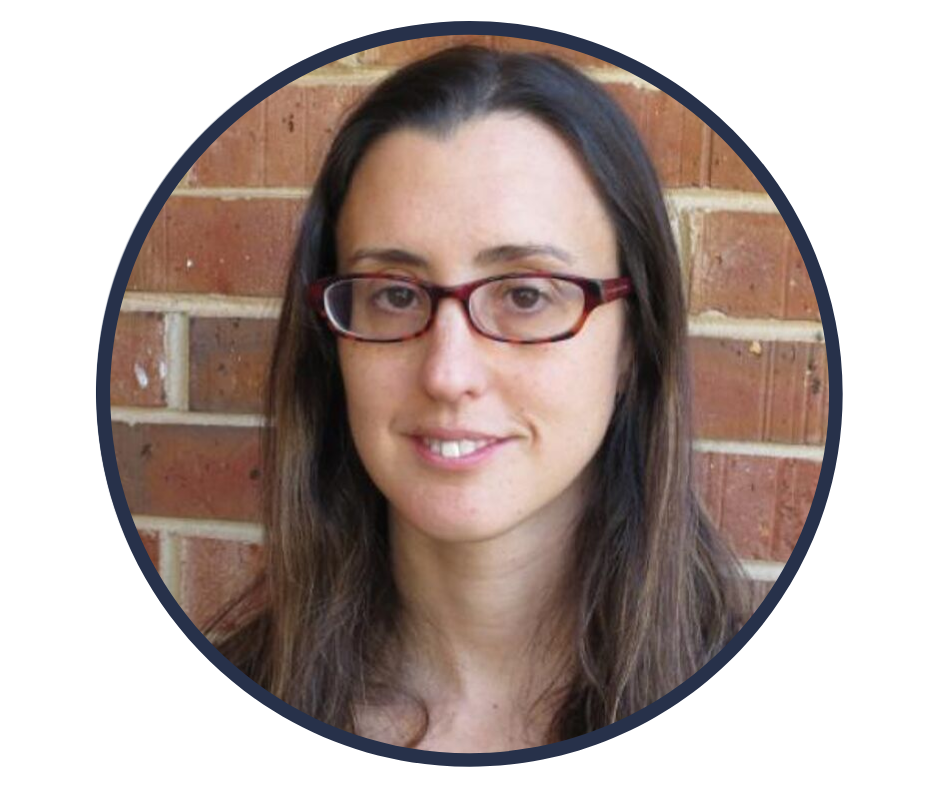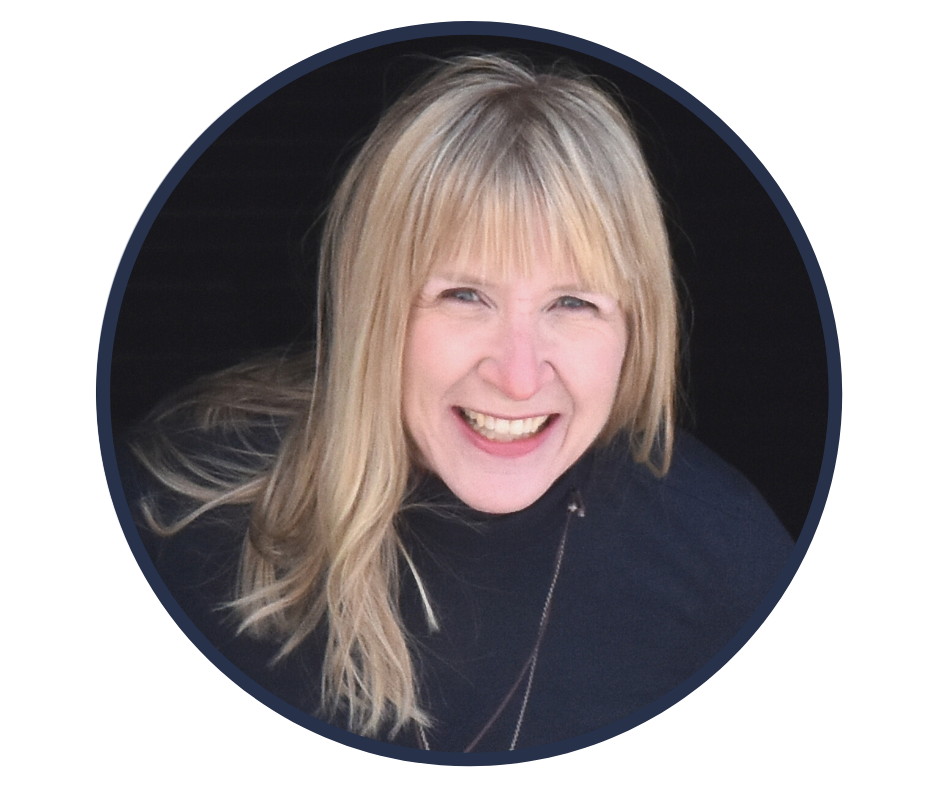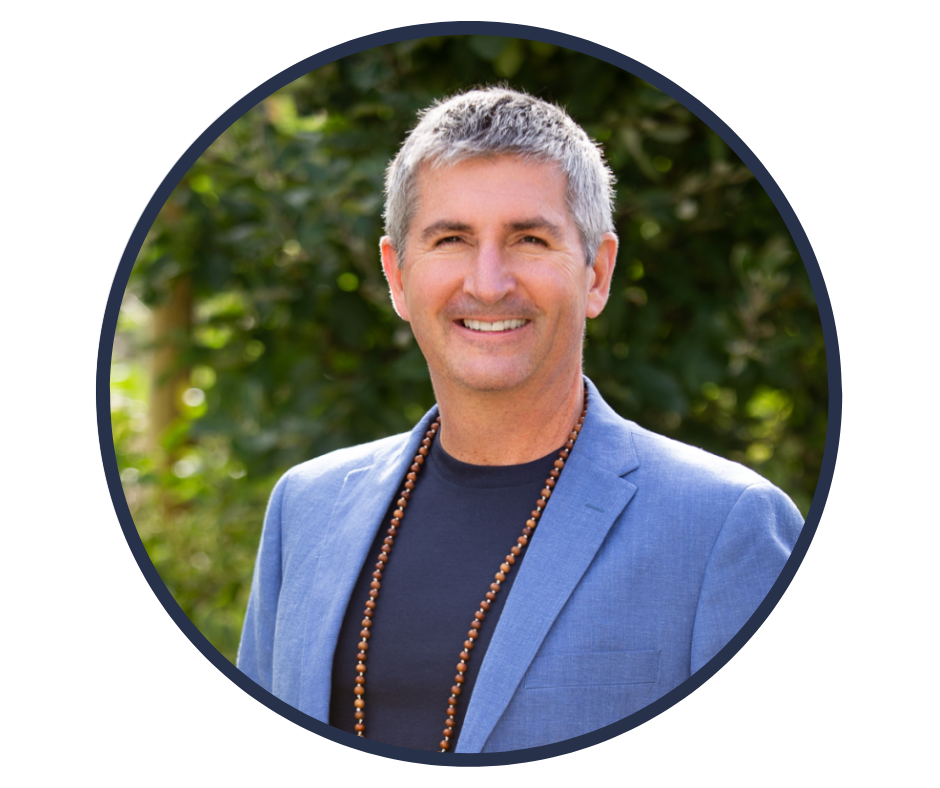Yoga and Science in Pain Care - Transforming Psycho-Emotional Pain
By: Susie Weigel, MS, MEd, C-IAYT, E-RYT & YACEP
By: Susie Weigel, MS, MEd, C-IAYT, E-RYT & YACEP
Estimated reading time: 5 minutes
This is the 11th blog post in a series based on the Yoga and Science in Pain Care Book Club, a 15-part course based on the book of the same title, by Neil Pearson, Shelly Prosko, and Marlysa Sullivan. You can find the blogs corresponding to Chapter 1, Chapter 2, Chapter 3, Chapter 4, Chapter 5, Chapter 6, Chapter 7, Chapter 8, Chapter 9 and Chapter 10.
The body doesn’t live in the past or the future—it lives in NOW—so if we tune into it, we’re here.
- Michael Lee, Ch.11 Embodia Course
Living in the present
This principle — the marrow of Michael Lee’s message and the underlying principle of his Phoenix Rising Yoga Therapy methodology — found me with impeccable timing. I prefer simplicity to complexity, quiet to cacophony. Yet lately I find myself so muddled by what has been done and what is yet to be done that my noisy, complicated preoccupation with past and future renders me stagnant.
I am a Yoga Therapist in need of Yoga Therapy.
This need became increasingly clear to me as I reflected on “Transforming Psycho-Emotional Pain,” Lee’s chapter in Yoga and Science in Pain Care, and its corresponding online course. While the chapter is compelling, the online course is profound. It illuminates the chapter’s message with an experience that brought my body into NOW with mystifying simplicity. In a 20-minute chair yoga therapy practice, Michael Lee helped guide me back to myself. It was refreshing to feel the methodology the chapter outlines.
The experience makes it real—it breathes life into the principles.
I often get so wrapped up in the quality of what I need to offer that I lose sight of what I need to practice. We practitioners may guide ourselves through an asana, body scan, or inquiry practice, but receiving guidance feels different. It allows us to depressurize. Listening to a live voice other than the one that lives inside our heads recalibrates us—rendering us more spacious for the here and now. The practice offered in the Chapter 11 course, Transforming Psycho-Emotional Pain, punctuates the importance of this.

Patanjali’s eight-limbed path
It embodies the transformational process described in the chapter which is a modernized yoga therapy-style application of Patanjali’s eight-limbed path through a bottom-up approach:
- Move & Breathe (synchronized simple, intentional, and energetic movement and breathwork)
- Stretch & Hold (variation of tense and release)
- Notice & Meditate (body scan and meditation)
- Inquire & Integrate (ask your body, listen, trust its answer and apply it)
The simple but remarkable practice and discussion touches on themes that characterize Phoenix Rising’s approach:
- Befriending Your Body
- Awareness
- Acceptance
- Choice
- Discerning Choices
- Truth
- Skillful Truth in Action
- Flow (inspired by Mihaly Csikszentmihalyi)
Befriending your body, being present now in your body is the necessary first step.
Top-down or bottom-up?
In my own yoga therapy training, there was discussion of top-down or bottom-up approaches and how to discern what the best entry point might be for a particular yoga therapy client.
For Michael Lee, when it comes to transforming psycho-emotional pain, the body is the quintessential entry point because it is our vessel for present-moment awareness. It often takes time and utmost care to foster this friendship toward our bodies, especially when trauma is involved.
But it is possible.
It may start with noticing a subtle pleasant sensation in the body even when pain or aversion is present elsewhere. This may facilitate a shift in body awareness that allows a different perspective to emerge.
As Lee points out, for some, the perspective shift arises from a life-changing event that doesn’t involve yoga at all (like the “Overview Effect” experienced by some astronauts after they view Earth from space, or the experience of profound loss and grief).
But many of us simply become bogged down by the multitudinous bumps in the road as we travel life’s path. It’s as if the repetition of those bumps causes concussion-like symptoms over time—obscured vision, achiness, loss of present-moment awareness, confusion—for the head and the heart.
The bottom-up approach recommended by Lee guides us back to heart-centered awareness. From there, fogginess gives way to clearer vision, truth, and insight. From there, we can begin to act in alignment with our heart’s wisdom.
Our work as yoga therapists is to facilitate this homecoming. In partnership with clients, we provide experiential learning that fosters recalibration and connection.
Connection
Connection. Sometimes the stars align and multiple synchronicities emphasize a situation that might otherwise seem meaningless.
When this happens, the universe is trying to get our attention.
Prior to writing this blog, for example, I was overwhelmed with some life changes—a new job and shifts in family dynamics—and feared I wouldn’t find time to complete the task I signed up for several months prior. I am averse to tardiness, but I had to ask for extra time. As it turned out, my later re-reads of the chapter and experience of the course occurred when I was better able to process and experience Lee’s message.
The bottom-up practice helped get me out of my head and into my body, and I was able to sense into my heart. I sensed both disquiet (uncomfortable, staticky, and more apparent) and faith (comforting and warm but less apparent). For now, it’s information that I’m revisiting. I haven’t yet skillfully put my heart’s wisdom into action. But I’m working on it.
As Lee cautions, it takes time. And distractions are a normal part of the process. Sometimes they help the process. I was lost in thought while walking recently when a pair of pileated woodpeckers flew overhead, landed in nearby trees, and began pecking away.
This startled me out of my head and beautifully into now.
Brief, unexpected, perspective-shifting, awe-inspiring, and inquiry-worthy. “Working on it” doesn’t require laborious yoga practice, but it does require engaging in yoga as a way of life. As we become increasingly dependent on technology and less present in our bodies, it is important to connect to our physicality and breath: walking, gardening, spending time in nature, or any activity that engages the body and connects us now is a good place to start.
Click here to learn more about Chapter 11
of Yoga and Science in Pain Care
or
Click here to view the complete series
References:
- Pearson, N., Prosko, S., Sullivan, M. (2019) Yoga and Science in Pain Care: Treating the Person in Pain. Jessica Kingsley Publishers.
- Yoga and Science. In Pain Care: Chapter 11 online course Feb 2021. Embodia.
---
Date published: 10 April 2024
Last update: 5 April 2024

MPT, C-IAYT
Marlysa is a physiotherapist and yoga therapist with over 15 years of experience working with people suffering with chronic pain conditions. She is an Assistant Professor in Yoga Therapy and Integrative Health Sciences at Maryland University of Integrative Health and holds an adjunct position at Emory University, where she teaches the integration of yoga and mindfulness into physical therapy practice in the DPT program. She is also the author of Understanding Yoga Therapy: Applied Philosophy and Science for Well-being and co-editor of Yoga and Science in Pain Care: Treating the Person in Pain as well as several peer-reviewed articles.
Marlysa has been involved in the professionalization of the field of yoga therapy through the educational standards committee of IAYT, which helped to define the competencies for the field, and in characterizing the yoga therapy workforce through research. Her research interests focus on defining the framework and explanatory model for yoga therapy based on philosophical and neurophysiological perspectives.

PT, C-IAYT, PCAYT
Shelly is a physiotherapist, yoga therapist, educator, author and pioneer of PhysioYoga who has been integrating yoga into physiotherapy since 1998 with a focus on chronic pain, pelvic health, compassion in healthcare and professional burnout. She guest lectures at numerous yoga therapy and physiotherapy schools, presents at yoga and medical conferences globally, contributes to academic research and writing, provides mentorship to professionals, and offers courses and resources for yoga and healthcare practitioners and the general population. Shelly is a Pain Care Aware Lead Trainer.
She considers herself a lifelong student and emphasizes the immense value gained from clinical experience and learning from the patients she serves, the professionals she teaches, and the colleagues with which she collaborates.
Shelly has written several book chapters in yoga therapy and integrative rehabilitation textbooks and is co-editor/author of Yoga and Science in Pain Care: Treating the Person in Pain. She maintains a clinical practice in Sylvan Lake, Alberta, Canada and believes compassion is the foundation of healthcare and overall well-being.
Learn more about Shelly’s work at www.physioyoga.ca to learn more

MS, MEd, C-IAYT, E-RYT & YACEP
Susie Weigel (MS, MEd, C-IAYT, E-RYT & YACEP) holds a Master of Science in Yoga Therapy. She is the owner of Transform Yoga & Wellness in Opelika, Alabama where she practices yoga therapy and teaches small group classes.
Prior to pursuing yoga therapy, Susie was a secondary and post-secondary educator in Alabama. Her teaching experience sparked in her a desire to share the transformative power of yoga with underserved populations in her community. Her experience includes working with seniors, athletes, food-insecure families, individuals in addiction recovery, special needs youth, and system-impacted women and correctional staff.

PT, MSc(RHBS), BA-BPHE, C-IAYT, ERYT500
Neil is a physical therapist, yoga therapist, author, researcher, Clinical Associate Professor at the University of British Columbia, faculty in three IAYT-accredited yoga therapy programs, board member for the International Association of Yoga Therapists and pain care advocate. He conducts research into the effects of yoga on veterans with chronic pain and people with osteoarthritis. Neil is the recipient of awards honouring his work in pain care, patient education and physiotherapy by Queen’s University, the Canadian Pain Society and both provincial and national physiotherapy associations, including the Canadian 2021 Medal of Distinction.
Neil is a consultant to Partners in Canadian Veterans Rehabilitation Services, and to Lifemark’s 300+ clinics in Canada. Neil is a past board member for Pain BC, Canada’s premier non-profit transforming the way pain is understood and treated. He co-authored – Yoga and Science in Pain Care 2019, authored the patient education ebook, Understand Pain Live Well Again in 2008, and is lead contributor to many free patient resources offer by Pain BC.
For more information and course offerings, see www.paincareaware.com